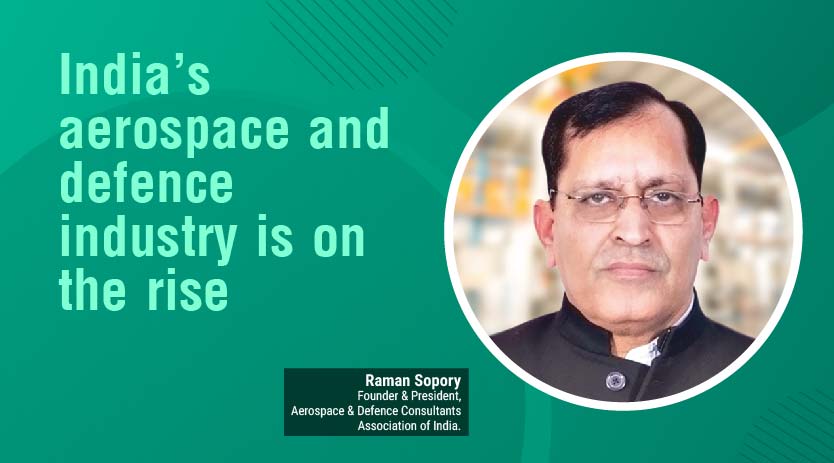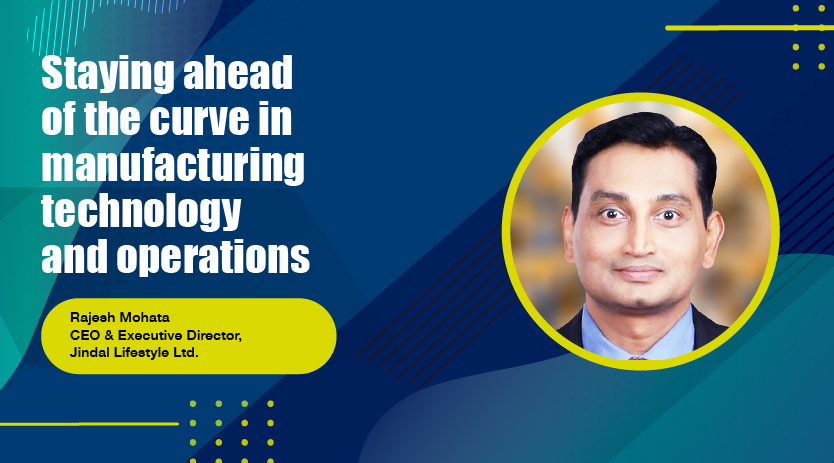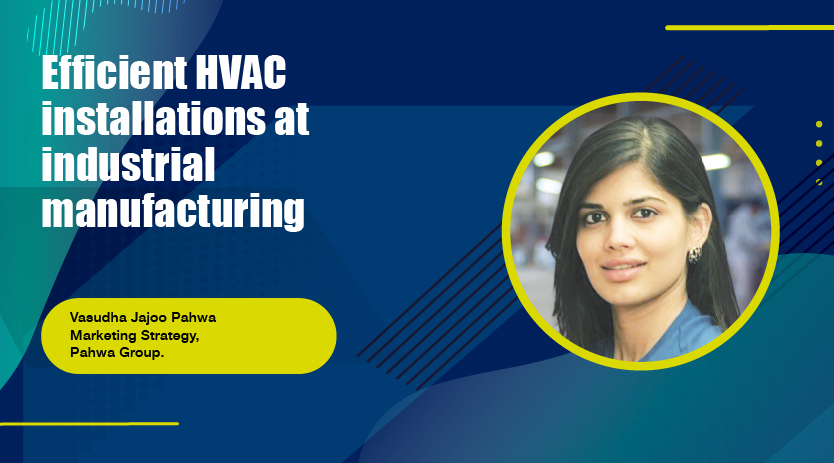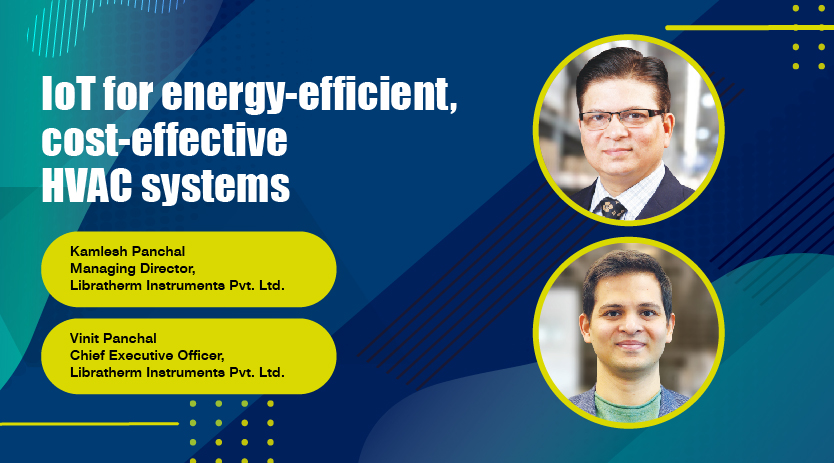Human-robot collaboration comes of age with UR cobots
September 11, 2017 3:01 pm
Universal Robots (UR), the pioneer of collaborative robots (Cobots), is committed to improve human-robot collaboration across the world. Cobots are becoming increasingly popular in India and the manufacturer targets to double its sales every year for the next 4-5 years. Subhajit Roy speaks to Pradeep David, General Manager – South Asia, Universal Robots. Interview excerpts:
Cobots is the concept being popularised by Universal Robots. How do you see its acceptance in the Indian market?
The concept of collaborative robots or Cobots was invented by our CTO and founder Esben Ostergaard and is only being popularised since 2010. In the Indian context where labour is comparatively cheap, we really cannot eliminate all labours unlike robots do, with the concept of total automation. Cobots are designed to perform collaboratively alongside human workforce. Further, Cobots are relatively inexpensive, flexible and safe from a deployment perspective. Therefore, we feel, Cobots are very apt for the Indian market.
How do you gauge the market potential in India?
The Cobots can be used in the areas that may not be imagined today. For example, we have Cobots flying an airplane along with pilot as a co-pilot. There are Cobots that are assisting in the breakfast buffet line. Since Cobots are safe to operate with human beings, they can assist human workforce in many of the tasks they are doing. Frankly, we are yet to tap many unexplored areas.
How many of your Cobots are already deployed in the markets across the globe and in India?
So far, we have deployed around 16,000 Cobots globally. In India, we entered in 2015 and have already sold around 250 Cobots.
Which are the sectors you are targeting?
UR’s robotic arms can automate virtually anything – from assembly to painting, screw driving, labelling, packing, polishing, and injection and whatever other tasks you can think of. The UR arms can be implemented in virtually any industry, by any employee. Cobots are being considered as the third arm of an operator and a critical component for the factory of the future.
In India, we have done well in auto and auto components sector. FMCG is the next area of growth for us as Cobots are proven to be useful in packaging of goods. We are also targeting electronics goods segment.
How do you see the performance of your Indian subsidiary?
Considering that we have only started a year and a half ago, I think we have done extremely well. We are going to doubling in growth every year for the next five years. We have a very vibrant distributor network and are going to double that as we go ahead because we have penetrated many new verticals and geographies. Today UR is well-positioned to provide robots that are safe to work alongside human beings.
It is said that robots are killing and stealing jobs. What is your take on this?
We talked about robots and humans working together – not killing or stealing jobs. There are a lot of places where humans are not required or should not be exposed to avoid hurting them whether physically or mentally. One may say that a job is going away, but how long is India going to be competitive with the low-level jobs like picking up an object from a place and placing it somewhere. We won’t be competitive by doing so and will get wiped away because others are doing it much more efficiently around the globe. So, for India to stay competitive, we must raise our workforce skill level. People who used to do unskilled jobs are now operating our Cobots in places like Aurolab and SMEW in India – they did not lose their jobs. Deployment of a cobot in a manufacturing plant improves productivity, quality and accuracy.
What are the USPs of a Cobot?
Our Cobots are low-cost, easy-to-deploy, simple-to-program robots that work on the principle of human-robot collaboration. The payback period is also shorter for Cobots — 18-24 months — compared to 36-50 months for industrial robots.
How easy is it operating a Cobot?
It’s extremely simple! We teach people how to completely handle a Cobot on their own in a matter of couple of days.
How are you committed to ‘Make in India’?
Though our technology is made in Denmark, we are helping many manufactures in India to be very competitive in the manufacturing sector. We aim to help Indian manufacturers “Make in India with quality”.
Are you looking at manufacturing in India?
As the volume increases, we will be looking at manufacturing in India.
Can you tell us about your roadmap for the next five years?
We are the leaders in this business and we intend to maintain our leadership position. We stood 25th in the list of the 50 most innovative companies in the world, recognised by Massachusetts Institute of Technology (MIT). Our strategy is to always be a couple of years ahead of any competition that comes up and we are investing heavily in R&D. We signed an agreement with the US-based Teradyne in 2015 to enhance our financial strength in terms of R&D.
What will be your roadmap for India?
In India, we are yet to have a substantial business. Right now, we have a very small business and have a 12-partner network which is not enough to cover all of India. The opportunity is huge and we have to build out our ecosystem in India. There’s a lot of work to be done.
Cookie Consent
We use cookies to personalize your experience. By continuing to visit this website you agree to our Terms & Conditions, Privacy Policy and Cookie Policy.

















 English
English Hindi
Hindi